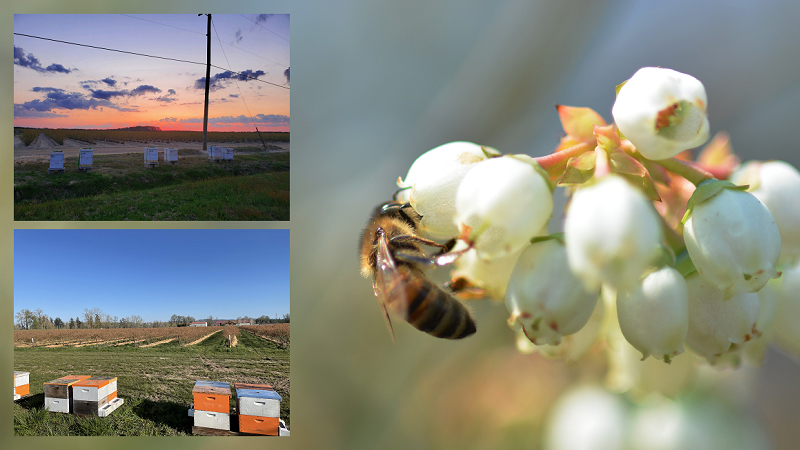Meet Ryan Cosyns: Almond Leadership Program Class of 2009
 Ryan Cosyns was a member of the Almond Leadership Program’s inaugural class in 2009. Now the Apiary Manager at Cosyns Farms in Madera also sits on the Almond Board Industry Services Committee, which he joined shortly after completing the Almond Leadership Program.
Ryan Cosyns was a member of the Almond Leadership Program’s inaugural class in 2009. Now the Apiary Manager at Cosyns Farms in Madera also sits on the Almond Board Industry Services Committee, which he joined shortly after completing the Almond Leadership Program.
American/Western Fruit Grower caught up with Cosyns to learn about how the Almond Leadership Program helped him prepare for his future in the family business.
Q: What kinds of experiences did the program provide, and how did that help you in your career?
A: The program provided me exposure to all aspects of the almond industry, from “farm to fork,” as they say. I was exposed to all areas of production farming techniques and procedures, almond processing and marketing, food safety and environmental issues. I gained a complete understanding of what the Almond Board does for the industry. …It helped me to see future trends and opportunities within the almond industry.
Q: What is your current position?
A: I am currently running the bee business that is associated with my family’s farm (Cosyns Farms in Madera). We purchased a bee business in December 2005 when, due to a large planting of young almond trees statewide, there were fears of a bee shortage. I initially thought it might be relatively part-time work, but to be successful and maintain healthy hives, it truly is a full-time, year-round job.
Q: How many hives do you have, and what kind of challenges and/or benefits does beekeeping present?
A: We run about 4,000 hives, plus broker more out-of-state bees for almond pollination. The challenges are keeping the bees alive and healthy. The last 10 years have seen challenges in the bee industry with colony collapse, the drought, the varroa mite, bacterial infections and chemical exposures. We have seen that beekeepers have to be very proactive with their nutrition and keeping disease and predatory insects at bay to maintain the health of the hive.
We also have seen that as the planted almond trees in California have grown, it is very important to make sure there are enough healthy hives in California every February to pollinate. The increased price of renting hives allows that to be possible, as I now receive leased hives from beekeepers as far away as Florida and Georgia, who are now economically justified to ship bees here for almond bloom.
We have benefited from running our own hives in that we are able to guarantee our supply and quality, which is a benefit I work hard to pass along to my almond grower customers.
Q: What do you think the biggest challenges are for almond growers now and in the future? Where do the greatest opportunities lie?
A: The challenge to the almond growers in the future is going to be, first off, water. Another challenge is the affect continually increasing government regulations have on the farmer, from documenting pesticides to job safety, etc. The costs of farming continue to increase, and we also have seen substantial increases in the last several years in the price of ag land.
The Almond Board has done a great job of increasing consumer demand for the almond worldwide. They have demonstrated the nutritional benefits, and the almond seems to be included in more and more countries’ diets, as well as domestically. Therefore, the increase in acres of almonds has not hurt the price of the almond to the farmer, and the demand has kept up with the increasing supply. This is a great opportunity for California almond growers, as central California is one of the very few places that almonds can be grown.
The Almond Leadership Program: Fostering The Next Almond Industry Leaders










